|
|
|
|
This is a good place to have images, pictures, thumbnails etc...... Place a brief summary of the page of images here? |
|
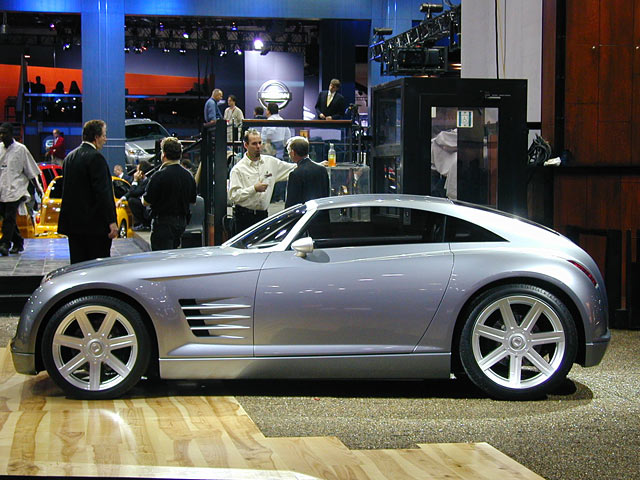 The Great Southwest Chrysler Crossfire The "Modern American", Chrysler Crossfire fuses classic European proportions and handling attributes with the muscle and character of an American performance car. The Crossfire concept provides a new image for Chrysler, combining American power with international flair," said Trevor Creed, Senior Vice President - Product Design, DaimlerChrysler Corporation. "The expressive execution of this small coupe is tangible proof of our capability to elevate and broaden the Chrysler brand. From its distinct design to its potent powertrain and suspension, this modern American coupe is set to impress enthusiasts around the world." The Crossfire was designed by 25yr old Erik Stoddard, a graduate of Cleveland Institute of Art. The dramatic design has some similarities in proportion and form language to the Audi TT and Mercedes SLK, and these are the cars it would be up against, along with the Porsche Boxster. Powered by a 2.7litre supercharged V6, the Crossfire has the typical Chrysler concept vehicle muscular front end, with a very bold grille reminiscent of the 300M sports sedan. The raised front fenders sweep back inward to intersect with the rear fender forms, which define the whole bodyside. 'Classic' features include the split screens front and rear and 'boat-tail' cabin form, which frames the prominent Chrysler emblem. The Crossfire has an interesting mix of bold, clean surfaces and ornamental detail, such as the hood with it's strong central bulge, flanked by a series of grooves. The Crossfire could be produced in small volume at the Conner Avenue plant that currently builds the Plymouth Prowler and Dodge Viper, and would provide a striking image car for the Chrysler brand. |
|
 This is one of my favorite images I took it when he wasn't looking. I took it when he wasn't looking. I took it when he wasn't looking. I took it when he wasn't looking. I took it when he wasn't looking. |
|
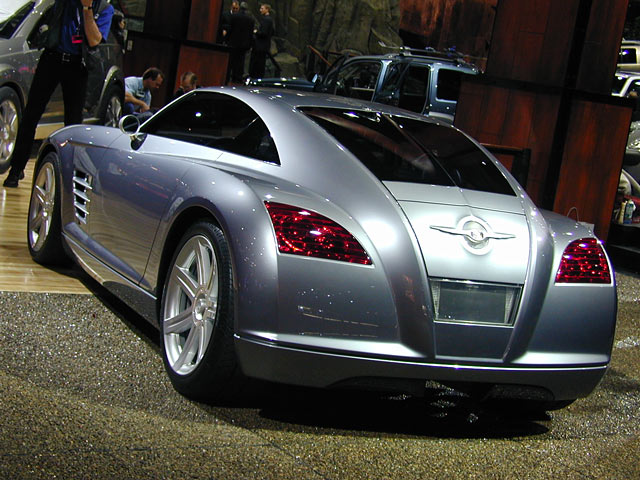 The Great Southwest Another picture from Southern Utah and Colorado |
|
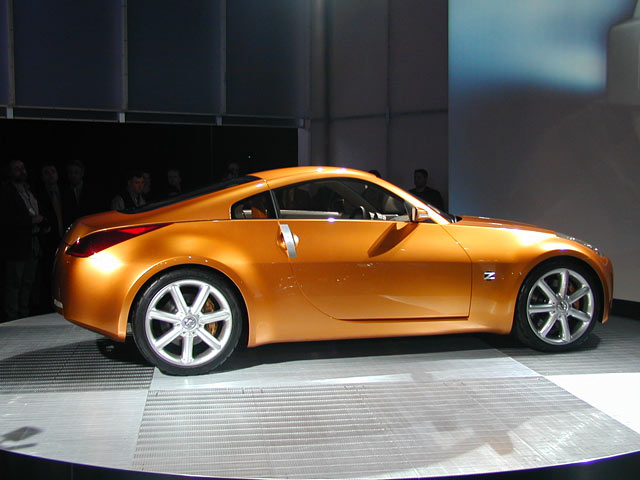 This is one of my favorite images Z-concept Nissan today revealed a new, near-production ready Z sports car, just two years after the first Z Concept vehicle was rushed onto the North American auto show circuit as an initial styling and feasibility study. The new Nissan Z, which is scheduled to go on sale in the United States and Canada in mid-2002 as a 2003 model, is designed to be as revolutionary as the original Datsun 240Z was when it was introduced more than 30 years earlier. “The new Z promises to deliver the performance and high design qualities of today’s cutting-edge sports cars at a truly affordable price,” said Carlos Ghosn, president, Nissan Motor Co., Ltd. (NML). “Our overriding goal has been to build a memorable, no-compromise sports car while keeping the target price under ,000. This new Z meets all of our expectations. It is, quite simply, a stunning achievement.” Public, media and Nissan dealer reaction to the 1999 Z Concept styling exercise was overwhelming - helping accelerate the return of an affordable Nissan 2-seater to the North American market. But unlike the previous Z Concept, which had strong visual links to the original 1970 240Z, the new Z Concept is the company’s latest expression of a contemporary sports car. “The design represents the Z brought into the 21st Century,” said Shiro Nakamura, design director, NML. “Our desire was to honor its ‘Z-ness,’ which is something no other company has, yet not be retro.” In setting the concept for the production Z, the creative team of designers and engineers were guided by what became known as “Z DNA” – the combination of passion, performance, practicality and value that has marked every generation of Z car since the original. For the new Z, this meant developing a perfect combination of performance and handling, value, design and durability. “To be successful in the marketplace, we know that the Z must inspire both appeal and appreciation,” said Nakamura. “First, the design must offer strong visual and driving appeal. But, the Z must also be appreciated for the more practical side that comes with everyday ownership – durability, utility, comfort, reliability and low maintenance.” Other “must haves” for the new Z were also taken from the first generation 240Z – a front engine/rear-wheel drive drivetrain configuration, two-seat interior, a powerful 6-cylinder engine and, of course, a simple and honest design. The new Z, like the original, features a true hatchback body. “The Z is a car that everyone in the entire Nissan organization wanted to work on and contribute to because of what the Z has meant to Nissan over the years,” said Mr. Ghosn. “By staying true to the Z’s rich heritage while looking strictly forward, I believe we’ve created a car that is emblematic of the new face of Nissan.” The design of the new Z was truly an international effort, with contributions from Nissan design studios in Japan and the U.S. from a concept developed at Nissan Design America (NDA), La Jolla, Calif. As fitting of its sports performance essence, the Z design is anchored by very aggressive wheel forms pushed all the way out to the corners. “A long wheelbase and wide stance provided a great starting place,” said Diane Allen, chief designer, Red Studio, NDA. “Our first thought was to recreate the sensation of an open-wheeled Formula 1 car – all wheels and an intimate center structure.” The new Z body is put together much like an airplane fuselage – front compartment, center cockpit and rear compartment. The top line is extremely arched in both side view and plan, with its super-profound sweep creating a dynamic spine with an ever-dynamic, ever-changing view. The Z’s beltline provides a distinctive spine, which crosses over the form in the rear and is anchored in the Z’s strongly visual taillights. “We wanted the design to be an expression of agility – very three-dimensional and moving,” said Mamoru Aoki, Product Chief Designer, Nissan Technical Center (NTC). “The Z is very fluid and relaxed, from the curve of the door cut to the freeness and movement of the glass. It looks fast, but not just in a straight line. It’s a simple yet exacting design, which gives the Z a polished feeling like you get from classic cars.” While retaining elements of both the first 240Z, such as the headlamp treatment, and the last generation 300ZX, the new Z also reflects a very modern, “high design quality” appearance. “We had to find our own statement, which required a different way of putting the Z together – with a high tech, mechanical crispness balancing the more fluid shapes and sections,” continued Allen. “We’ve played up the contrasts with the ‘negative’ center section running through the positive wheel sections. The Z is not all positive and fat – it has a play between elements so you should never get bored with it.” The Z’s cockpit clearly establishes the car as an intimate two-seater with a small greenhouse and a squared-off rear window treatment reminiscent of the 240Z. “The cabin is purposely selfish so there is no mistaking the new Z for a sports coupe or a sports touring car,” said Aoki. “We even avoided the use of a longer door because we didn’t want to suggest that there’s access to a rear seat.” Inside the dramatic Z exterior is a natural, driver-oriented environment with touches of both newness and classic sports car design. The show version is a medley of metal and leather, with unique textures and colors. The front seats incorporate a mesh material, which is not only contemporary-looking but also absorbs sweat. The top half of the front seatbacks also fold forward for easy access to the rear storage compartment featuring dual opening lids. The instrument panel features three gauge pods, similar in design to the 240Z, as well as modern touches such as a navigation system with video display. The door vents and center console have a solid, chiseled-from-a-block-of-aluminum look. The hatchback design is accentuated by functional storage space and an integrated aluminum rear suspension strut tower brace. The brace is finished to match the rest of the rear compartment and carries a Z logo, which is visible from outside the vehicle. “We want to emphasize the practical, performance nature of the strut brace by making it visible from the exterior – like looking at jewelry through a display case. The essence of the Z is performance and we want the design, inside and out, to reinforce that impression,” said Allen. |
|
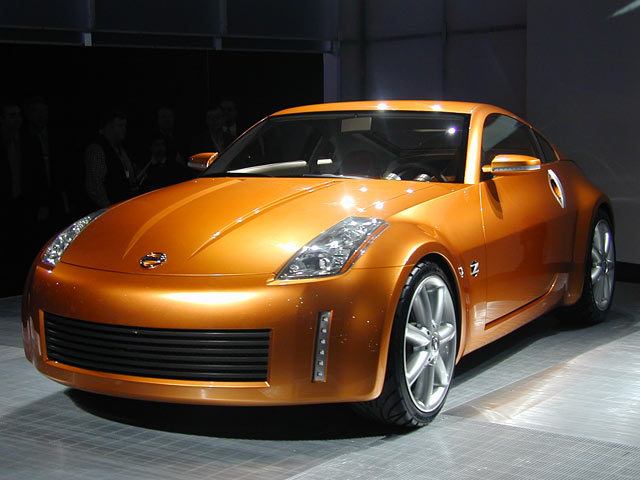 The Great Southwest Another picture from Southern Utah and Colorado |
|
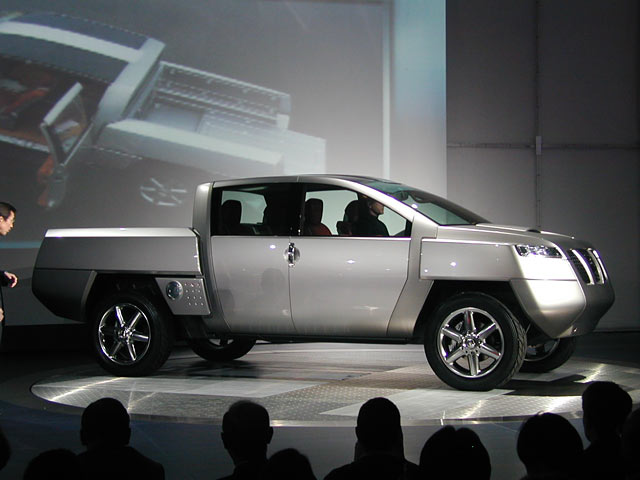 This is one of my favorite images Alpha T Concept The Nissan aT Concept truck presents a glimpse at one possible idea of a Nissan entry into the full-size truck market. Continuing Nissan’s history of cutting-edge truck concepts, including the Gobi (1990) and SUT (1999), the aT Concept pushes the envelope of current full-size pickup truck design, providing a platform to stimulate consumer discussion. A full-size, U.S.-assembled Nissan truck will enter the North American market within the next few years. Highlights of the full-size Nissan aT Concept truck include: - Industrial exterior look inspired by high-end power tools - 4-door body with butterfly open doors - Massive front fascia, grille, hood scoop and headlights - Retractable rear window - Full moon roof with personalized opening sections - Deep cargo bed with electronic tailgate and slide-out bed floor - Integrated tailgate-mounted tool box |
|